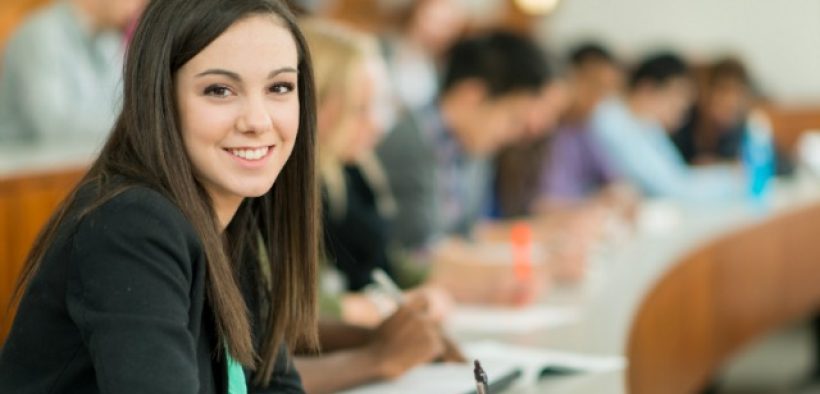Classroom spaces (virtual or physical) are special. We tend to take them for granted, partly because spaces in general have become less differentiated. We don’t do certain things in specified places like we used to. We work at home, on planes, and in various public spaces. We eat in our cars and in front of the TV. We use our devices everywhere—bathrooms, bedrooms, churches, cars, elevators, street corners, and, yes, classrooms.
Classroom Spaces Where Great and Magical Things Can Happen

Related Articles
I have two loves: teaching and learning. Although I love them for different reasons, I’ve been passionate about...
Active learning is a mostly meaningless educational buzzword. It’s a feel-good, intuitively popular term that indicates concern for...
Perhaps the earliest introduction a student has with a course is the syllabus as it’s generally the first...
Generative AI allows instructors to create interactive, self-directed review activities for their courses. The beauty of these activities...
I’ve often felt that a teacher’s life is suspended, Janus-like, between past experiences and future hopes; it’s only...
I teach first-year writing at a small liberal arts college, and on the first day of class, I...
Proponents of rubrics champion them as a means of ensuring consistency in grading, not only between students within...








